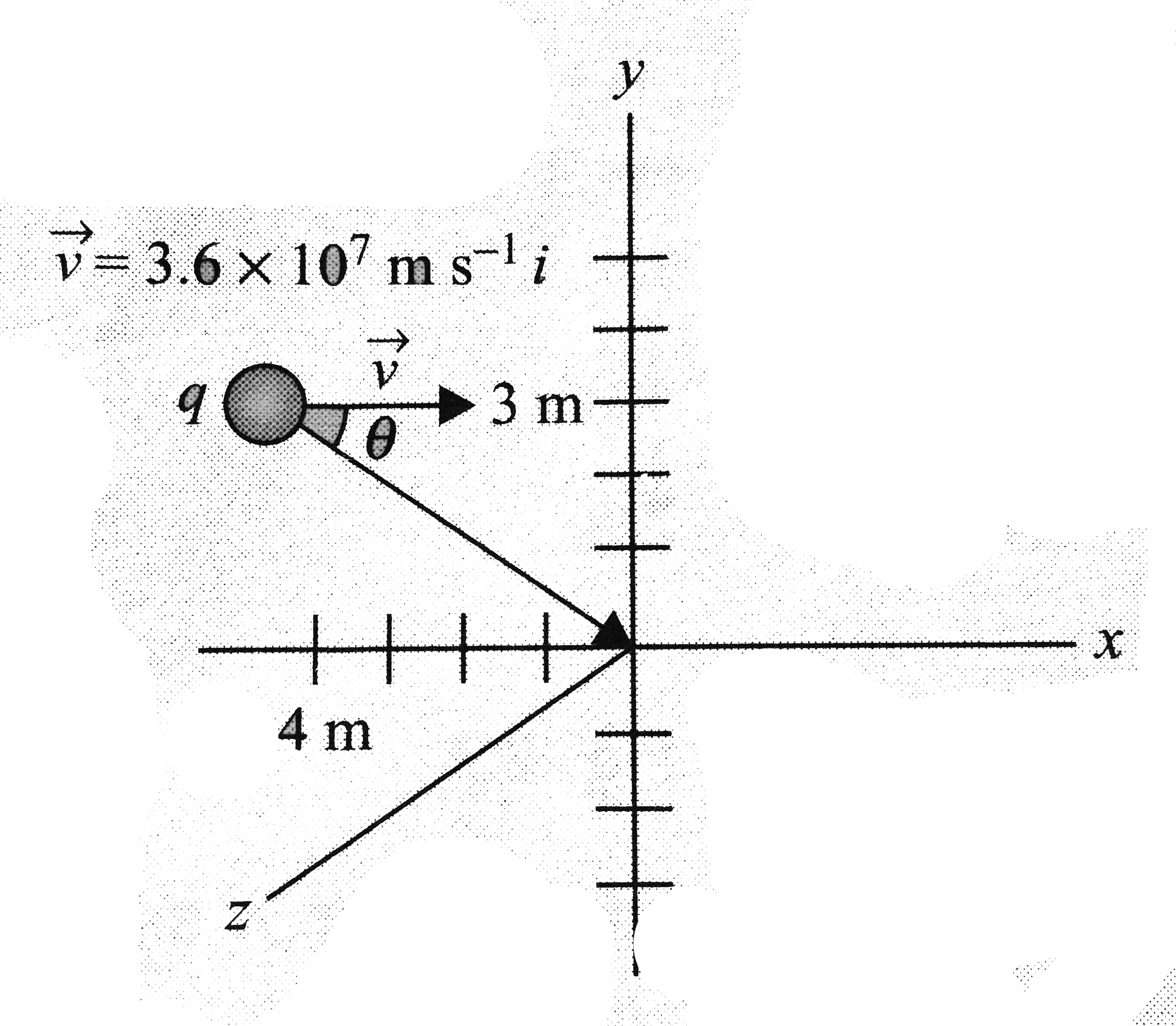Value of the parameter 'a' such that the area bounded by y=a2x2+ax+1, coordinate axes and the line x=1, attains its least value, is equal to a.−14 b. −12 c. −34 d. −1
To find the value of the parameter a such that the area bounded by the curve y=a2x2+ax+1, the coordinate axes, and the line x=1 attains its least value, we can follow these steps:
Step 1: Set up the area integral
The area A bounded by the curve, the x-axis, and the line x=1 can be expressed as:
A=∫10(a2x2+ax+1)dx
Step 2: Evaluate the integral
We can evaluate the integral:
A=∫10(a2x2+ax+1)dx=(a2x33+ax22+x)10
Calculating this gives:
A=a23+a2+1
Step 3: Differentiate the area with respect to a
To find the value of a that minimizes the area, we differentiate A with respect to a:
dAda=2a3+12
Step 4: Set the derivative to zero
Setting the derivative equal to zero to find the critical points:
2a3+12=0
Solving for a:
2a3=−12
2a=−32
a=−34
Step 5: Verify that this is a minimum
To confirm that this critical point is indeed a minimum, we can check the second derivative:
d2Ada2=23
Since 23>0, this indicates that the area function is concave up at this point, confirming a local minimum.
Conclusion
Thus, the value of the parameter a such that the area attains its least value is:
−34
The area A bounded by the curve, the x-axis, and the line x=1 can be expressed as:
A=∫10(a2x2+ax+1)dx
We can evaluate the integral:
A=∫10(a2x2+ax+1)dx=(a2x33+ax22+x)10
Calculating this gives:
A=a23+a2+1
To find the value of a that minimizes the area, we differentiate A with respect to a:
dAda=2a3+12
Setting the derivative equal to zero to find the critical points:
2a3+12=0
Solving for a:
2a3=−12
2a=−32
a=−34
To confirm that this critical point is indeed a minimum, we can check the second derivative:
d2Ada2=23
Since 23>0, this indicates that the area function is concave up at this point, confirming a local minimum.
Thus, the value of the parameter a such that the area attains its least value is:
−34
Topper's Solved these Questions
Similar Questions
The value of the parameter a such that the area bounded by y=a2x2+ax+1, coordinate axes, and the line x=1 attains its least value is equal to
View SolutionThe value of a such that the area bounded by the curve y=x2+2ax+3a2, the coordinate axes and the line x=1. The coordinate axes and the line x=1. Attains its least value is equal to
View SolutionThe value of positive real parameter 'a' such that area of region blunded by parabolas y=x−ax2,ay=x2 attains its maximum value is equal to :
View SolutionArea bounded by f(x)=x2−1x2+1 and the line y = 1 is
View SolutionThe smaller area bounded by x216+y29=1 and the line 3x+4y=12 is
View SolutionA point chanrge of magnitude q=4.5nC is moving with speed v=3.6×107ms−1 parallel to the x-axis along the line y=3m. Find the magnetic field at the origin produced by this charge when the charge is at the point x=−4m, y=3m, as shown in Fig.

View SolutionThe area bounded by the curve y2=1−x and the lines y=[x]x,x=−1,andx=12 is
View SolutionThe area bounded by the parabola y=x2+x+1, its tangent at P(1, 3), line x=−1 and the x - axis is A sq units. Then, the value of 6A is equal to
View SolutionThe area bounded by the curve y=x2+2x+1, the tangent at (1,4) and the y-axis is
View SolutionLet f(x)=ax2+bx+c, where a∈R+ and b2−4ac<0. Area bounded by y=f(x), x-axis and the lines x = 0, x = 1, is equal to :
View Solution
